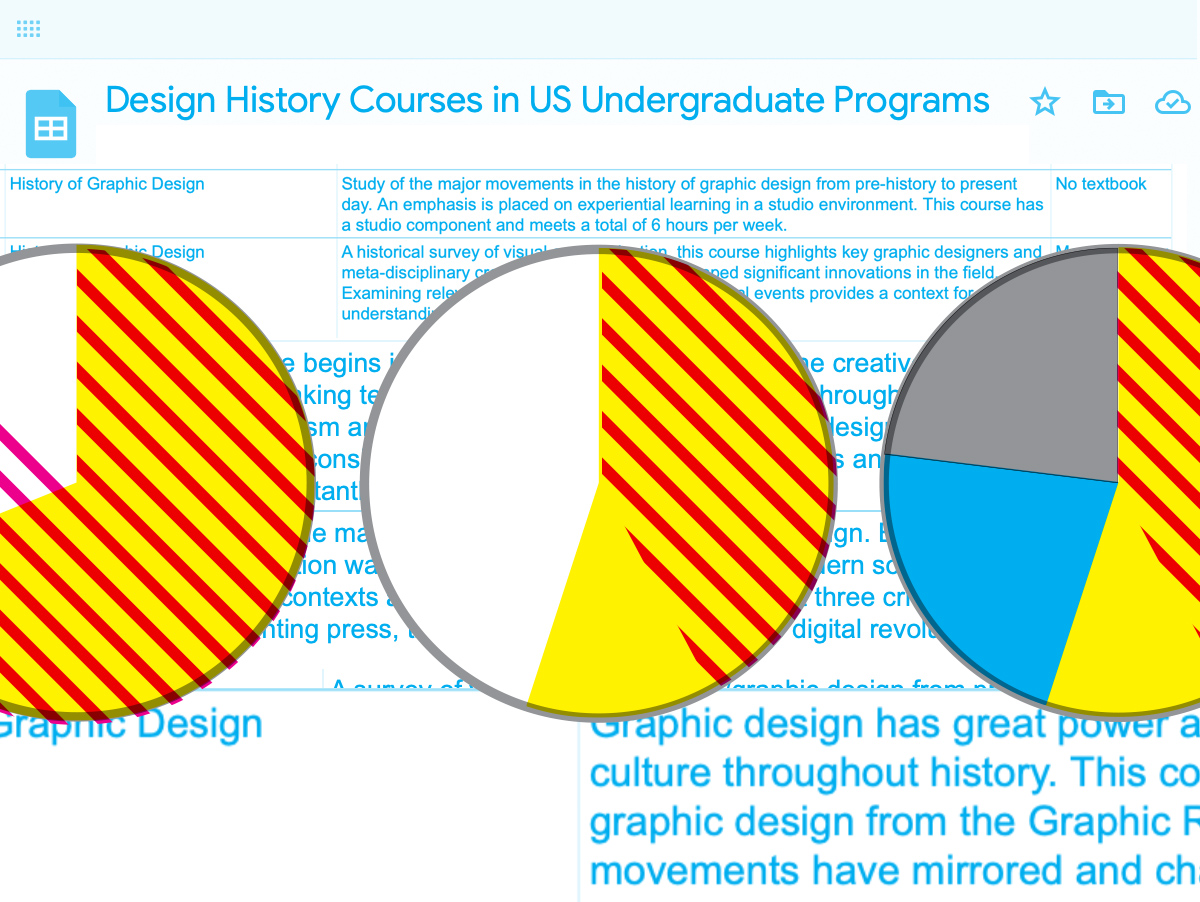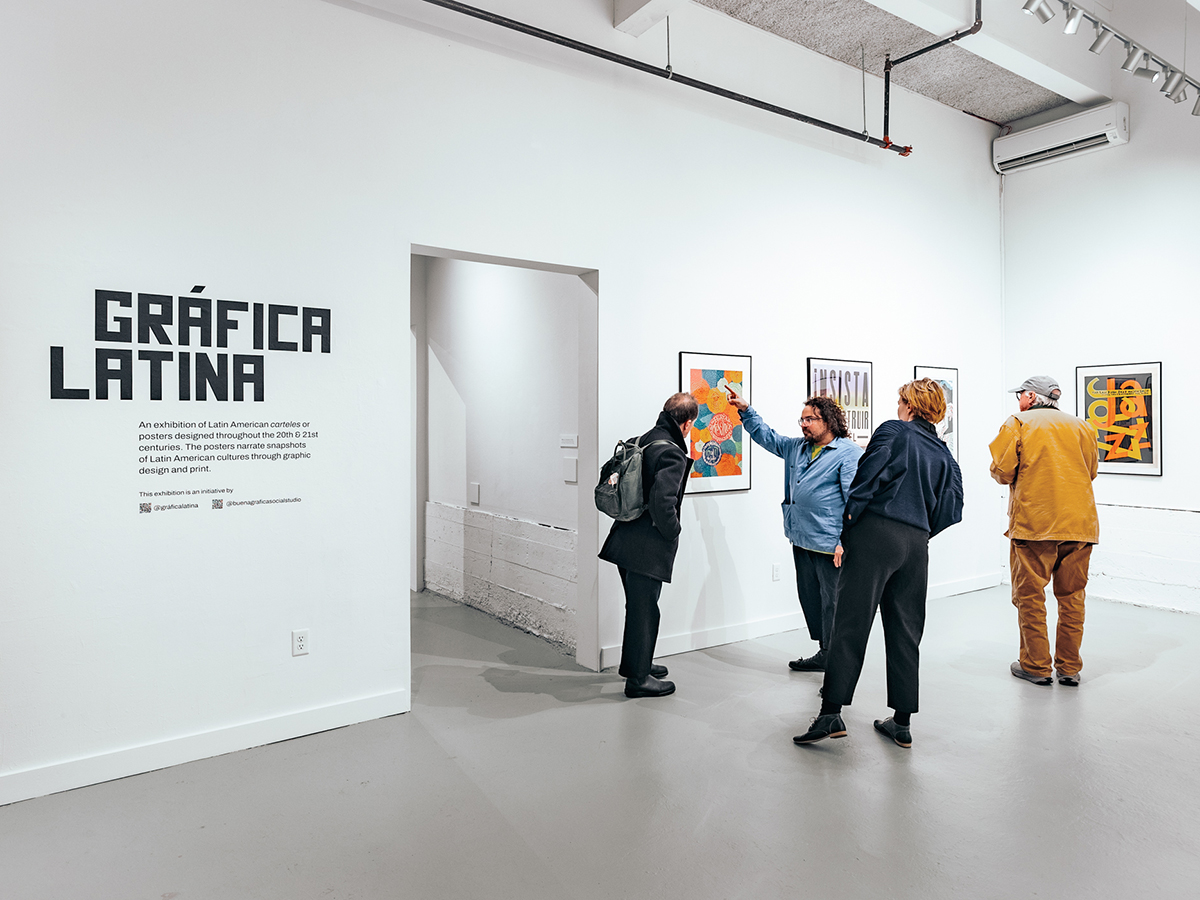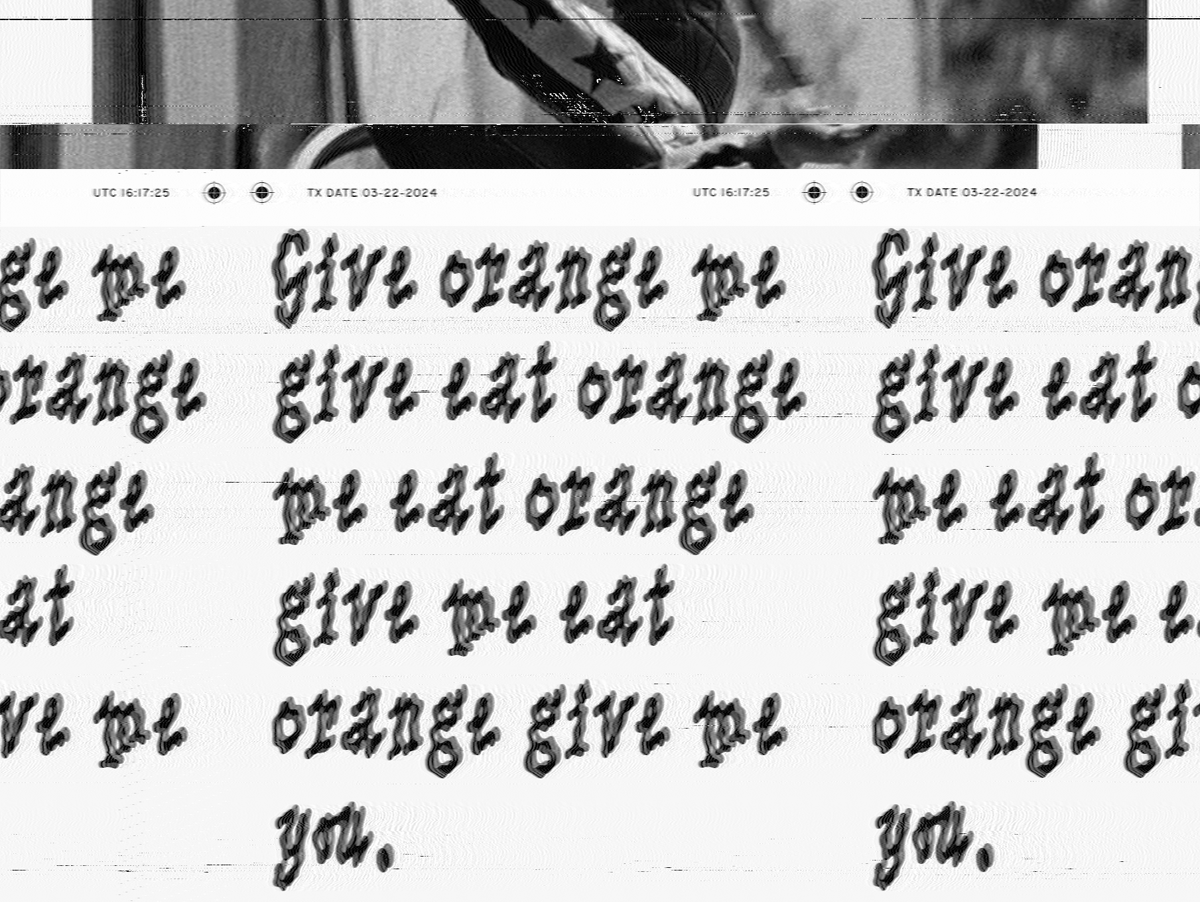Andrew Shurtz
Assistant Professor
Louisiana State University
N.H. Pritchard’s The Mundus, unpublished for over fifty years, is a work that is at once deeply radical and almost impossibly understated. Subtitled “a novel with voices” and described as an “exploded haiku,” it offers the viewer/reader a sequence of textual elements that gradually coalesce into language—only to fracture, detonate, and dissolve back into nothingness. A vital contribution to Black poetics, The Mundus operates on many levels: it can be seen, spoken aloud, even meditated upon. It is the ultimate exploration of what Pritchard described as the “transreal.”

The Mundus was composed through an analog process—Pritchard assembled multiple sheets of typewritten and photocopied text, collaging them together with tape. The result is a visually arresting object, where the mechanical precision of the typewriter is interrupted by the intervention of the artist’s hand. Yet its ultimate form emerges only through an act of transcoding: reinterpreting this typewritten collage as digital typography. Drawing on my experience designing and typesetting The Mundus, I will examine how this act of typographic transcoding is not just a technical process but a crucial extension of the work’s meaning—one that activates the text’s latent potential and intensifies its formal and semantic resonance.
This act of transcoding allows The Mundus to exist across multiple frameworks simultaneously. In contemporary discourse, visual communication is often framed as a dichotomy between two poles: maximalist expression versus minimalist restraint. Pritchard’s work resists this binary, offering instead a vision that holds both extremes in tension. The Mundus creates a space where presence and absence, language and silence, structure and fragmentation coexist—where nothing and everything unfold at once.
This design research is presented at Design Incubation Colloquium 11.3: Virtual Summer on Friday, June 20, 2025.









